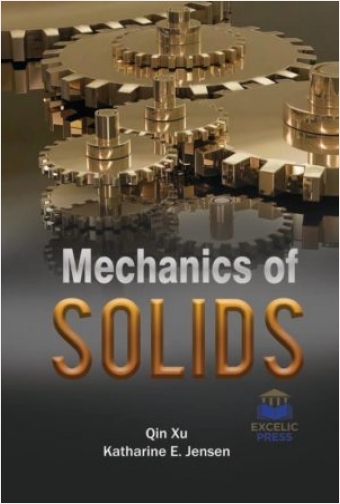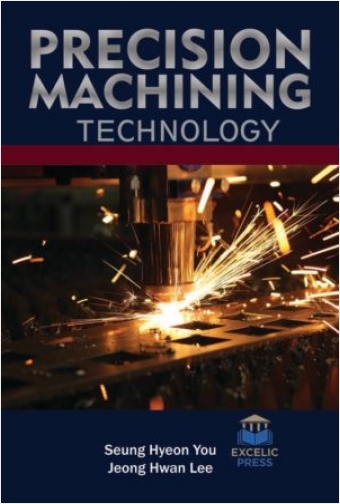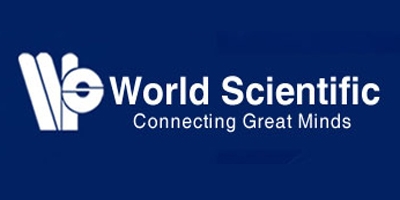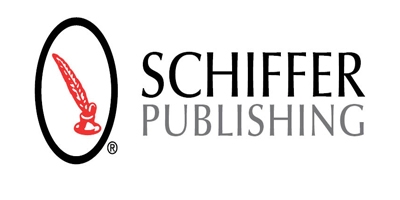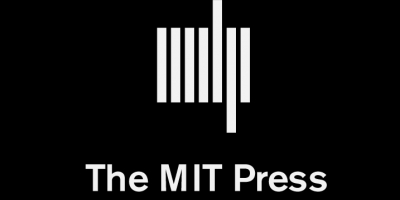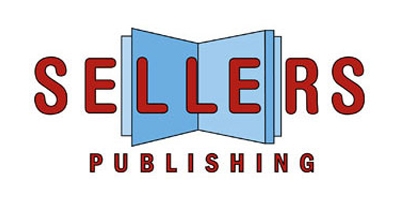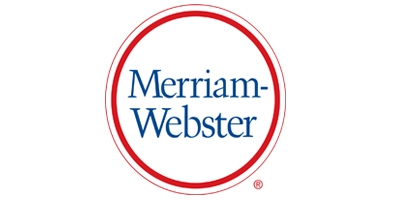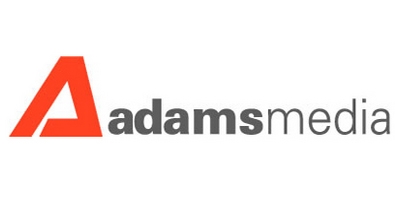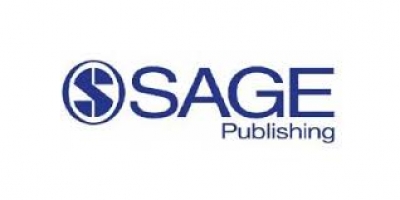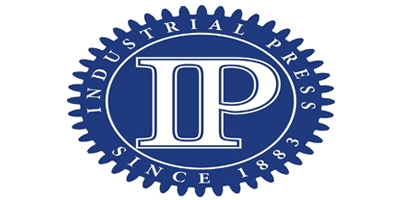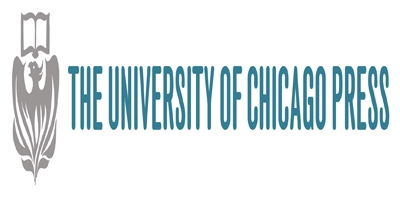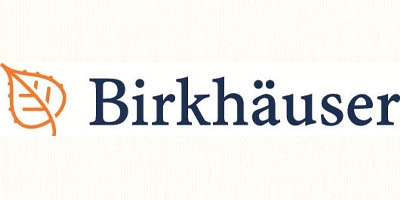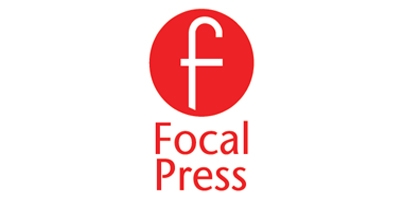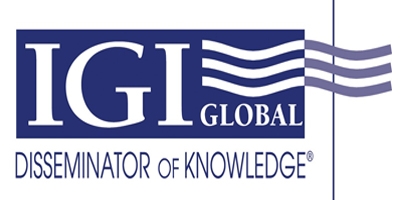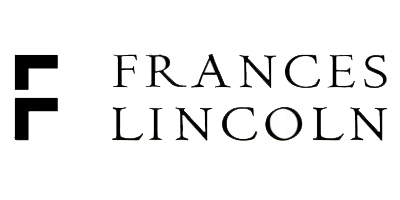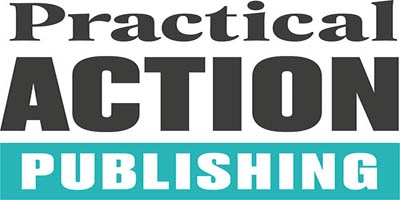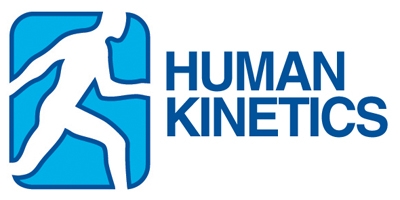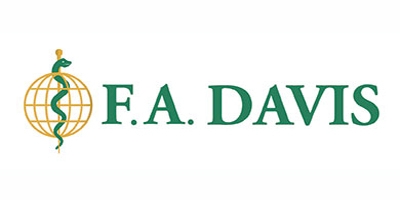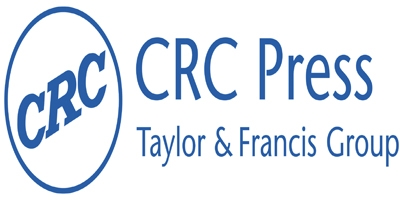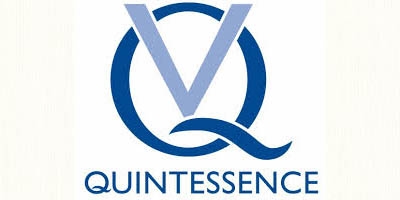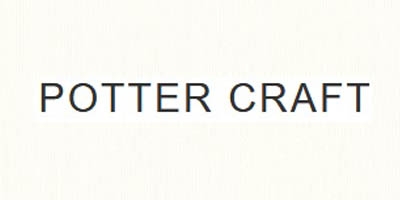Disponibilidad: En Stock
Notas: Envío inmediato
Editorial: Excelic Press
- Item #: 1914
- Edición:
- Isbn : 9781642243680
- Año: 2020
- Páginas: 275
- Pasta : Dura
$4,080.00
Solid mechanics is the oldest field of science and is still advancing rapidly in all areas of technology. The advancement of the methods of analysis of structures of various kinds over the years is indeed quite impressive. The emergence of digital high-speed computers with their enormous computing speed and core memory capacity has changed the direction of solid mechanics to a great extent.
This book is primarily concerned with the multidisciplinary information about the internal structure, properties, and processing of materials and their complex interactions/relationships. A basic property that is associated with any interface of two mediums is the surface stress or surface tension. But, measuring the surface stress in solid materials used in engineering like metals and oxides is a difficult task. Thus, an understanding of this is based on theories that have not been tested especially regarding the strain dependence of this property. This book suggests that surface stresses have an important role in the mechanics of solid materials at length scales which are larger than estimated. Measurement of local stress and strain distributions is essential to understand the properties of structural materials. The stress-strain diagram provides insights into the science behind materials bearing loads. Therefore, the book explores stress-strain characterization in fiber-reinforced composites by digital image correlation. The book succeeds with the development and properties of a novel, multifunctional, floatable, lightweight cement composite and uniaxial compression behavior of cement mortar and its damage-constitutive model based on energy theory. It also illustrates on Poisson’s Ratio of closed-cell aluminium foams. The book concludes with the formulation of a new method to simulate the frictions stir-welding (FSW) process with the help of a solid-mechanics preparation of a mesh-free Lagrangian called smoothed particle hydrodynamics. With this simulation, we can determine the temperature evolution, elastic and plastic deformation, residual stress and material flow with the same model.
Finally, this book offers an integrated approach of the concepts and most of the practical principles applicable to all branches of solid and fluid should be appealing to advanced graduate students and engineers
#biblioinforma #Grupobiblioinforma
